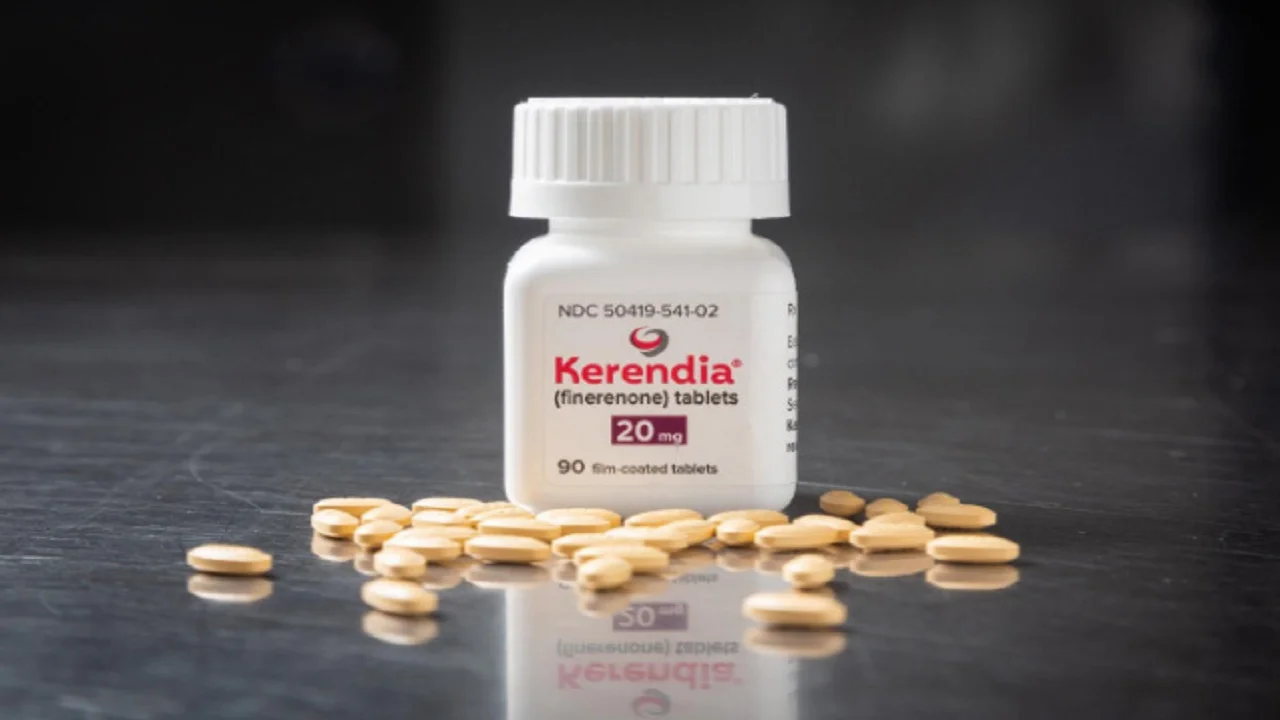
Low-Dose Aspirin for Prevention of Atherosclerotic CVD
The following are key points to remember from a review on low-dose aspirin for the prevention of atherosclerotic cardiovascular disease (CVD).
- Thirty years ago, the Antiplatelet Trialists’ Collaboration published an overview of 145 randomized trials of prolonged antiplatelet therapy for the prevention of death, myocardial infarction (MI), and stroke (vascular events), supporting the use of medium-dose (75–325 mg/day) aspirin for the prevention of vascular events.
- At low doses, aspirin completely blocks platelet cyclooxygenase (COX)-1 activity while largely sparing clinically relevant sites of COX-2 activity (e.g., endothelial cells of the vasculature and renal cells), because of its short half-life and resynthesis of any acetylated COX-2 in nucleated cells within a few hours.
- Aspirin has relatively simple pharmacokinetics, with no requirement for metabolic activation, ∼50% oral bioavailability, and 15- to 20-minute half-life. However, lower bioavailability of some enteric-coated preparations of low-dose aspirin and poor absorption from the higher pH environment of the small intestine may result in inadequate platelet inhibition, particularly in heavier subjects.
- In the Second International Study of Infarct Survival, once-daily dosing with low-dose aspirin (162.5 mg) started within 24 hours of the onset of symptoms of a suspected MI produced highly significant reductions in 5-week vascular mortality (the primary endpoint) by 23%, nonfatal reinfarction by 49%, and nonfatal stroke by 46% in over 17,000 patients.
- Based on a large number of placebo-controlled randomized clinical trials (RCTs), long-term (2- to 3-year) aspirin therapy confers conclusive net benefit on the risk of subsequent MI, stroke, or vascular death among subjects at high risk of vascular complications.
- In a meta-analysis of nine RCTs with 42,108 patients randomly allocated to a P2Y12 inhibitor (ticlopidine, clopidogrel, or ticagrelor) or aspirin, patients who received a P2Y12 inhibitor had a borderline reduction in the risk of MI compared with those who received aspirin (odds ratio, 0.81; 95% confidence interval [CI], 0.66–0.99). Risks of stroke, all-cause death, and vascular death did not differ between patients who received a P2Y12inhibitor and those who received aspirin.
- In the ASPREE trial involving 19,114 healthy elderly persons (median age, 74 years) who did not have known CVD, the use of low-dose aspirin did not result in a significantly lower risk of CVD than placebo (hazard ratio [HR], 0.95; 95% CI, 0.83–1.08).
- Low-dose aspirin appears to spare COX-1 and COX-2 activity in the gastrointestinal (GI) mucosa, by virtue of its short half-life and rapid resynthesis of the acetylated COX isozymes in nucleated epithelial cells. Chronic use of low-dose aspirin will yield an absolute excess of GI complications ranging from as low as 6 per 10,000 in a young person with no prior GI history to as high as 600 per 10,000 in a very old person with a prior complicated ulcer. Although gastro-protectant agents, in particular proton-pump inhibitors, reduce the risk of peptic ulcer disease and its complications in a wide range of clinical circumstances, their use in patients taking antiplatelet drugs is still quite limited.
- Traditional nonsteroidal anti-inflammatory drugs and COX inhibitors share COX-2–dependent renal effects, which may acutely reduce renal function and impair blood pressure control. Low-dose aspirin, by virtue of its relative COX-1 selectivity, does not impair renal function or blood pressure control and does not increase the risk of heart failure.
- Multiple lines of evidence support a chemo-preventive effect of aspirin against cancer, particularly tumors of the GI tract. These include observational studies suggesting a consistent association between regular aspirin use and reduced risk of esophageal, gastric, and colorectal cancer, and meta-analyses of post hoc, long-term follow-up of aspirin RCTs for primary and secondary prevention of CVD.
Summary Points:
- The role of aspirin in the current therapeutic armamentarium is unlikely to be replaced by currently available P2Y12 inhibitors because of unconvincing demonstration of their superiority vs. low-dose aspirin, as reflected by the lack of a regulatory superiority claim and by recommendations of current cardiovascular treatment guidelines.
- Given the very large body of evidence for the efficacy and safety of low-dose aspirin as an antithrombotic agent, there is still largely insufficient use of aspirin for secondary prevention, particularly in low-income countries. Efforts to address this unmet therapeutic need would have a much larger impact on global CVD prevention than substituting one antiplatelet agent for the other.
- Inadequate compliance or withdrawal of aspirin treatment is associated with an increased risk of cardiovascular events in subjects with or at moderate-to-high CVD risk, and patients with a guideline-based indication should be encouraged to stay on antiplatelet treatment as long as the estimated benefit/risk profile remains favorable.
https://academic.oup.com/eurheartj/advance-article/doi/10.1093/eurheartj/ehae324/7688448







